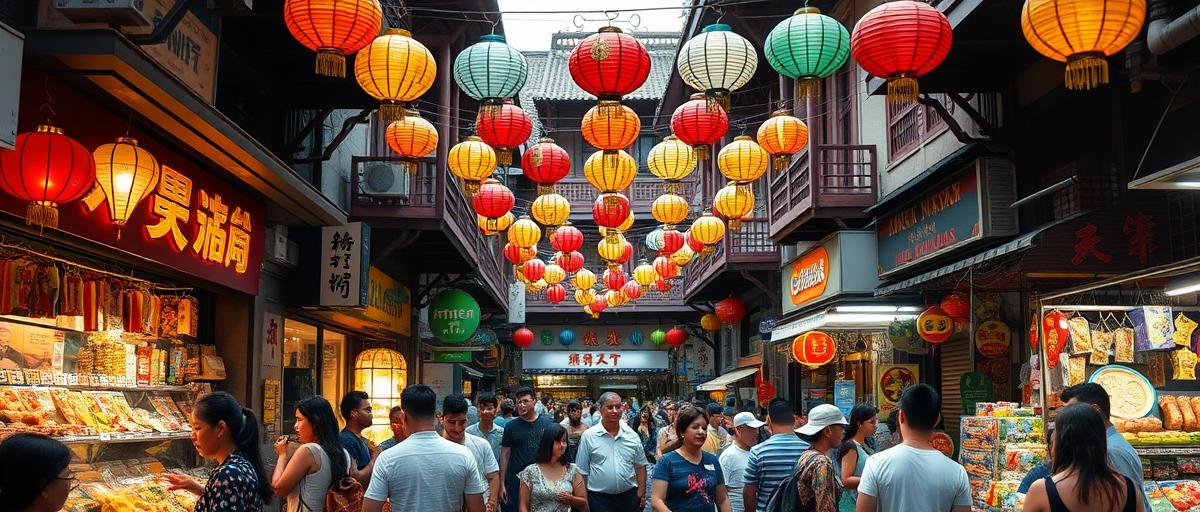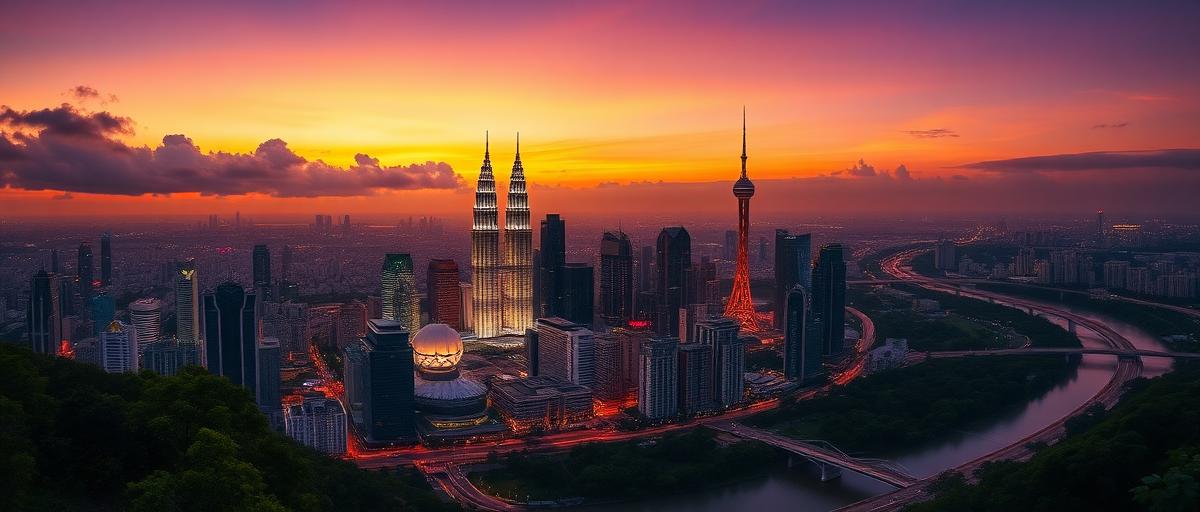Kuala Lumpur, often abbreviated as KL, is a city that pulses with life, blending modernity with rich cultural heritage. As Malaysia’s capital, it stands as a testament to the nation’s rapid development while preserving its historical roots. This guide will take you through every facet of KL, from its humble beginnings as a tin-mining outpost to its current status as a global metropolis.
The city’s name translates to ‘muddy confluence,’ a nod to its origins at the meeting point of the Klang and Gombak rivers. Founded in 1857, KL grew rapidly due to the tin trade, attracting Chinese miners, Malay settlers, and British colonial administrators. By 1896, it became the capital of the Federated Malay States, and in 1957, it was declared the capital of independent Malaysia.
Architecturally, KL is a feast for the eyes. The Petronas Twin Towers, once the tallest buildings in the world, dominate the skyline with their sleek, Islamic-inspired design. Nearby, the KL Tower offers panoramic views of the city, while the Sultan Abdul Samad Building showcases Moorish influences from the colonial era. Each structure tells a story of KL’s evolution.

Cultural diversity is KL’s heartbeat. The city is home to Malay, Chinese, Indian, and indigenous communities, each contributing to its vibrant tapestry. Neighborhoods like Chinatown, Little India, and Kampung Baru offer immersive experiences, from bustling markets to aromatic food stalls. The Batu Caves, a Hindu shrine nestled in limestone cliffs, is a must-visit for its spiritual significance and stunning visuals.
Food in KL is nothing short of legendary. From street-side nasi lemak to fine-dining rendang, the culinary scene reflects the city’s multiculturalism. Jalan Alor, a famous food street, comes alive at night with hawkers serving everything from satay to char kway teow. Don’t miss out on teh tarik, Malaysia’s beloved pulled tea, best enjoyed at a local kopitiam.
For nature lovers, KL offers surprising green escapes. The Perdana Botanical Gardens provide a serene retreat with lush landscapes and a butterfly park. Meanwhile, the Forest Research Institute Malaysia (FRIM) offers canopy walks and hiking trails just a short drive from the city center.
Shopping in KL ranges from high-end malls like Pavilion Kuala Lumpur to quirky boutiques in Bangsar. Central Market is a treasure trove of handicrafts, while Petaling Street is perfect for bargain hunters. For a unique experience, visit the night markets (pasar malam) that pop up across the city.
Transportation in KL is efficient, with a network of trains, buses, and ride-hailing services. The MRT and LRT systems make it easy to navigate, while the free GoKL buses cover major tourist spots. Taxis and Grab cars are affordable alternatives for getting around.
KL’s festivals are a spectacle of color and joy. Hari Raya, Chinese New Year, Deepavali, and Thaipusam are celebrated with grand parades, open houses, and fireworks. These events offer a glimpse into the city’s communal harmony and festive spirit.
Beyond the tourist spots, KL’s soul lies in its people. Warm, hospitable, and proud of their heritage, locals are always eager to share their city’s stories. Whether you’re exploring a hidden alley or chatting with a street vendor, you’ll feel the genuine warmth that makes KL special.
As the sun sets over the skyline, KL transforms into a neon-lit wonderland. Rooftop bars like Heli Lounge and Marini’s on 57 offer cocktails with breathtaking views, while live music venues like No Black Tie showcase local talent. The city’s nightlife is as diverse as its culture.
Kuala Lumpur is more than just a stopover; it’s a destination that captivates and surprises. Its blend of history, culture, and modernity creates an experience unlike any other. Whether you’re a first-time visitor or a seasoned traveler, KL will leave you with memories to cherish.

